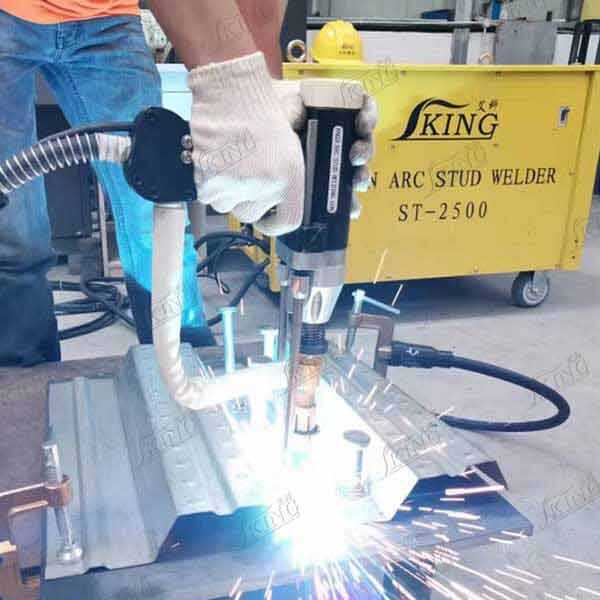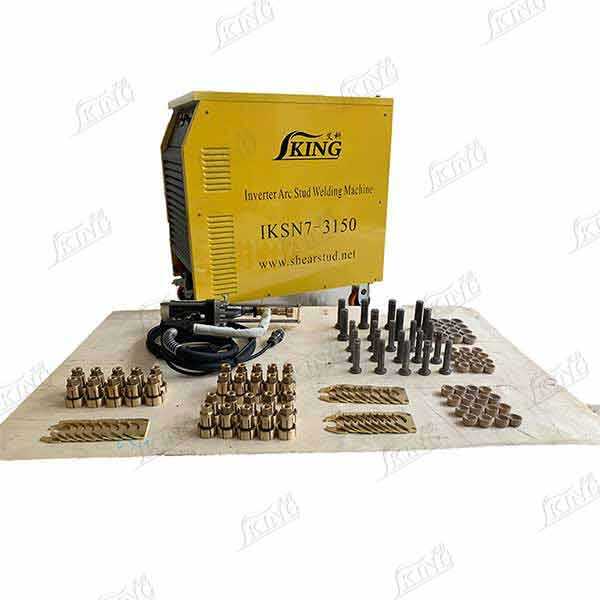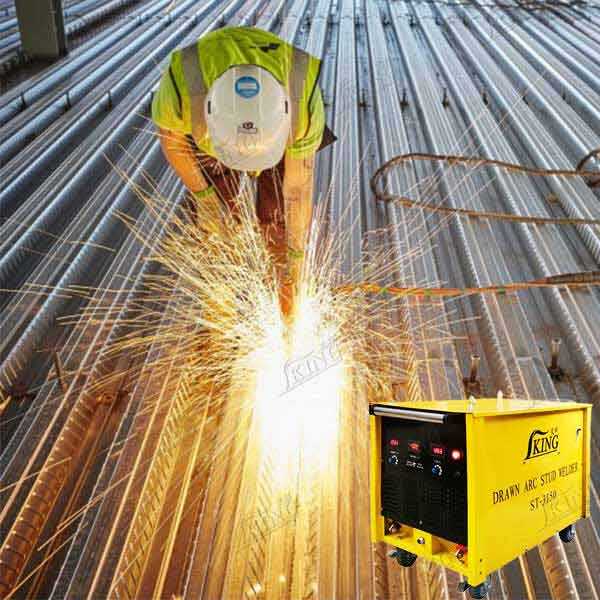shear stud welding
Shear stud welding is an advanced fabrication process that revolutionizes the connection between steel and concrete structures. This sophisticated welding technique involves automatically fastening specialized steel studs to metal surfaces, creating robust mechanical connections essential for composite construction. The process utilizes a specialized welding gun that positions the stud precisely, generates an electric arc to melt both the stud base and the workpiece surface, and then drives the stud into the molten pool, forming a full-fusion weld in less than a second. The technology has become indispensable in modern construction, particularly in building steel-concrete composite structures, bridge decks, and high-rise buildings. The process stands out for its remarkable speed, with capable operators achieving up to 30 studs per minute under optimal conditions. The resulting connection provides exceptional strength, durability, and load-bearing capacity, making it ideal for applications requiring superior structural integrity. Modern shear stud welding systems incorporate advanced features such as digital control interfaces, automated stud feeding mechanisms, and quality monitoring systems that ensure consistent, high-quality welds.


